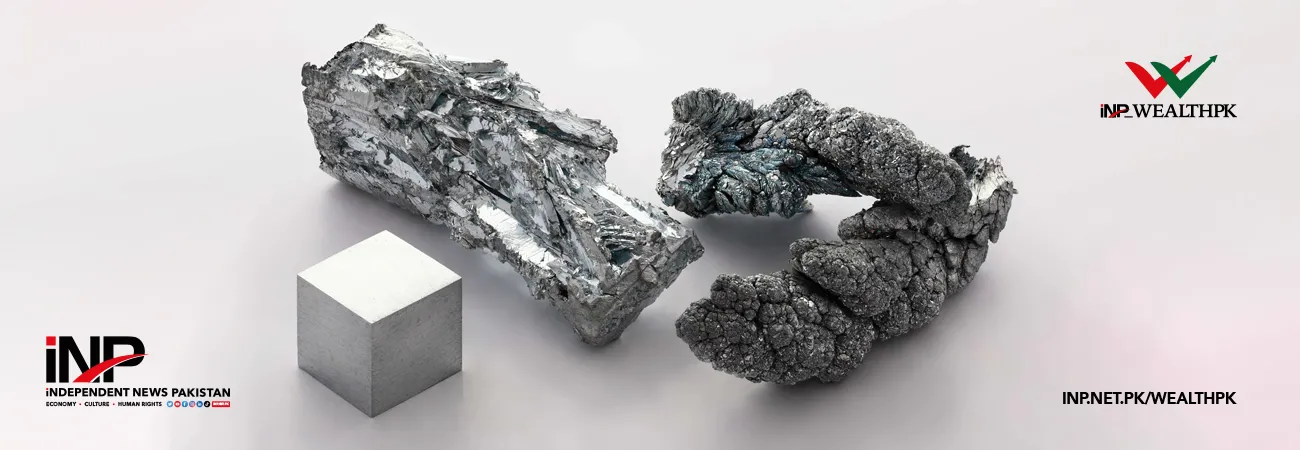INP-WealthPk
Faiza Tehseen
Experts have called for the systematic exploration of sphalerite to extract zinc and other important elements to benefit the local industry and boost exports of its value-added products.

Talking to WealthPK, Abdul Bashir, the chief geologist at Balochistan-based Koh-e-Daleel Minerals (Pvt) Limited, said, "Sphalerite is the principal ore of zinc, and about 95% of all primary zinc is extracted from it. Sphalerite is a zinc sulfide mineral mostly occurring in igneous, metamorphic, and sedimentary rocks. Sphalerite usually keeps less than 25% iron. It forms as a result of hydrothermal activity when the carbonate rocks are in contact with the hot, acidic, zinc-bearing fluids." He explained that sphalerite was usually deposited in the form of veins, cavities, or fractures. "It can also be formed as the mineralisation of the host rocks commonly associated with calcite, dolomite, marcasite, pyrite, or chalcopyrite. Having varying minor or trace element content, sphalerite is also another source for extracting cadmium, germanium, indium, lead, and gallium. All these can be considered the profitable by-products of the primary zinc ore/sphalerite."
Bashir went on to say, "Zinc extracted from sphalerite is used for a variety of industrial purposes. It is used to produce food fortification and biofortification. Certain types of bronze are further produced from zinc. Various industrial metals are manufactured from sphalerite like galvanised iron and brass further used in batteries. Sphalerite is also an important compound for various paint, rubber, chemical, and pharmaceutical products." He said that systematic exploration, research, and development were necessary to find out the locations and deposit quantification. "It will help attract both foreign and local investors. Policymakers in Pakistan should consider the importance of mineral wealth in the country for the socio-economic benefit of people," Bashir stressed. Talking to WealthPK, Imran Babar, a gemmologist and miner, said: "Sphalerite is a source to extract various industrial products, but sometimes it is also appreciated as a gemstone." He said that the appearance and properties of sphalerite varied based on colours, metallic or lustre that ranged from metallic to metallic, adamantine to resinous, or maybe transparent having a vitreous lustre.
"The sphalerite streak is from white to yellowish or reddish brown. Sphalerite keeps perfect hexagonal cleavage directions with a gravity of 3.9-4.1%, and hardness of 3.5 to 4 at the Mohs' scale of hardness." Babar said that through systematic mining, Pakistan can be one of the top sphalerite-producing countries. Zakirullah, a gemmologist and gemstone exporter, said: "Sphalerite with extensive clarity is considered a gem quality. "The ability of any material to separate the white light from the spectrum colours is called dispersion. The dispersion of diamonds ranges from 0.051-0.071%. But, sometimes, the dispersion of sphalerite reaches 0.156% and outclasses the diamond three times more. But the only thing that keeps it in lower profile than a diamond is the less fire (fire is the flash of colour, that can be seen under a source of light when the gem is moved). Diamonds keep an exceptional brilliant fire when exposed to light. Usually, gem-quality sphalerite rarely occurs, so most gemstone collectors buy it, and that's why it is called the collector's stone."
Credit: INP-WealthPk













